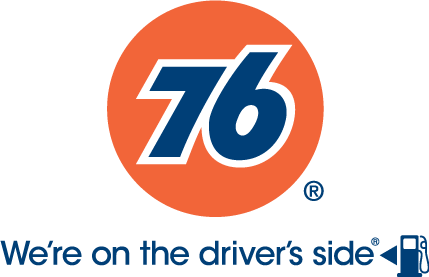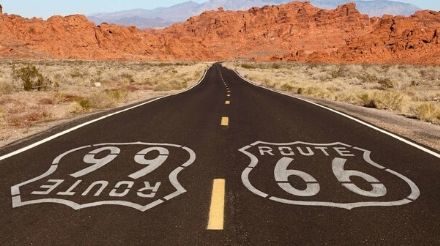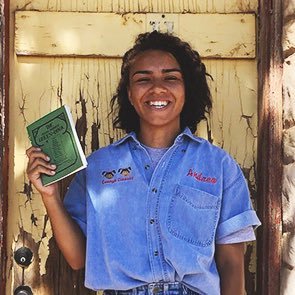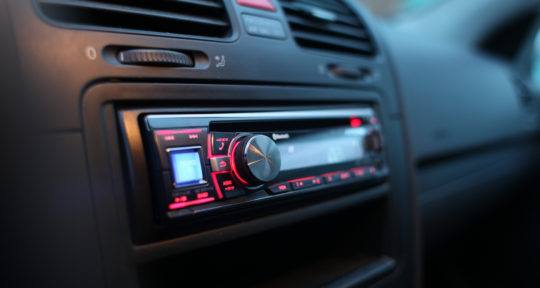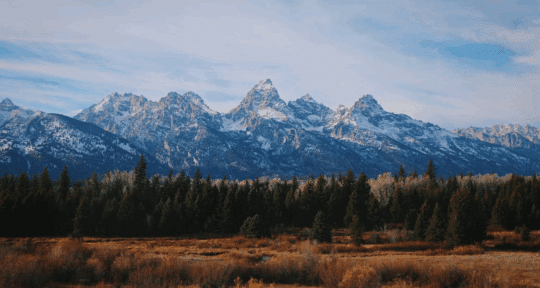Scott Piotrowski first encountered Route 66 in 1996 while traveling westward during a move from Ohio to Los Angeles. He fell in love with the 2448-mile corridor after meeting Route 66 legends Angel Delgadillo and Bob Waldmire, who acted as his mentors and guides in his travels. And now, 23 years later, Piotrowski acts as an official guardian of all 315 miles of California’s Route 66.
Since October of 2014, Piotrowski has been the president of The California Historic Route 66 Association, an organization dedicated to the history, appreciation, and preservation of Route 66. There, he organizes community events, connects travelers with local businesses, and even gives Route 66 tours.
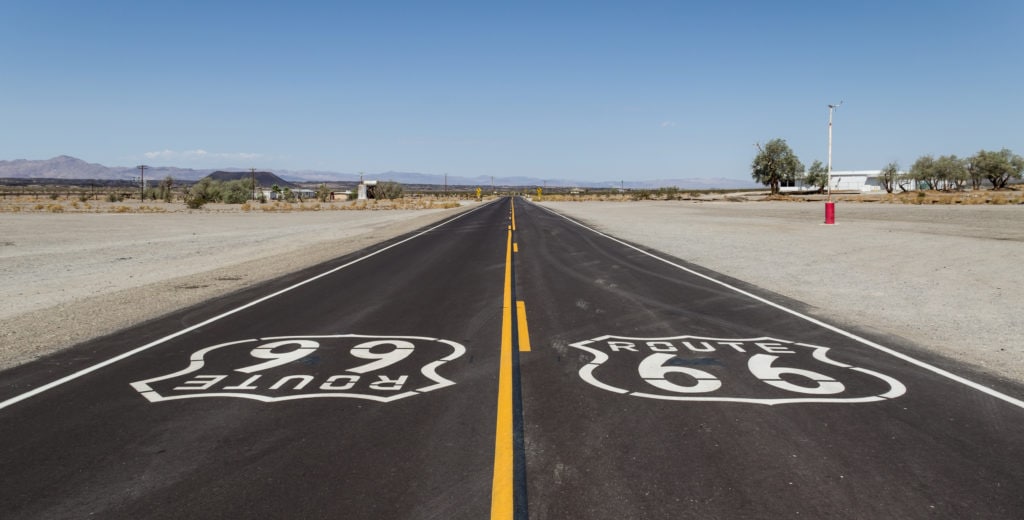
Route 66 is unique in California. In a span of just over 300 miles, travelers weave their way through some of the most remote portions of desert in the country—where water sources and gas stations are sparse—to one of the most densely populated urban centers of America. Because of the diverse geography of the state, Piotrowski says it is sometimes difficult to connect the regions.
“Our population base is obviously in Los Angeles but the interest of the road isn’t there,” he says. “Route 66 is not a tourism destination for Los Angeles, because they already have Hollywood and the beach and all of those other things that come with what Los Angeles is.”
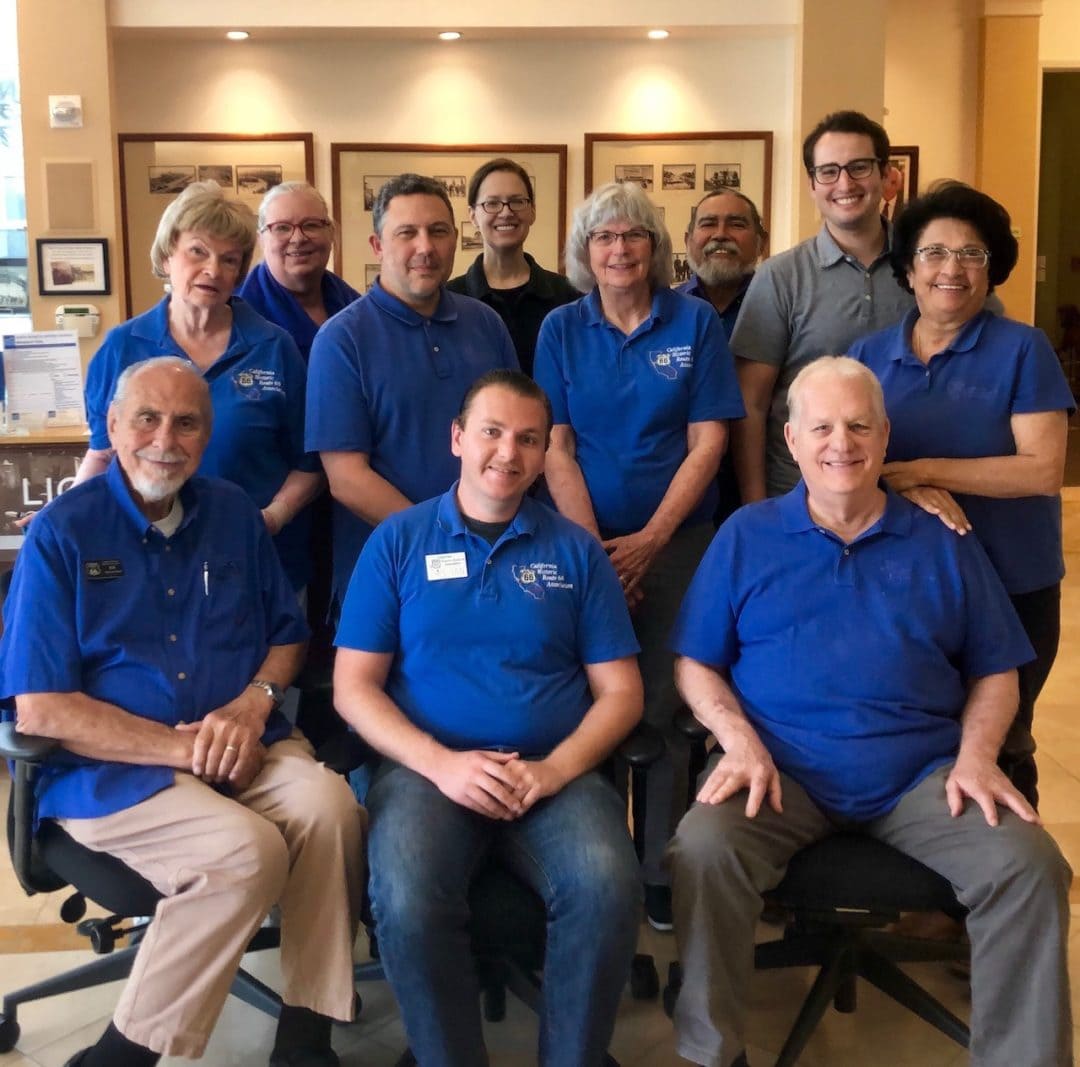
Piotrowski believes his role as a guardian and as a leader within the Historic Route 66 Association is to connect and unify these regions to create an enjoyable and exciting experience for Route 66 travelers.
“We’re really trying to put Route 66 into a more 21st century role. We’re trying to reach out to a newer, younger audience in a slightly different way than we’ve done in the past. We’re trying to bring Route 66 into the community more—especially in Los Angeles—and we’re trying to do more to connect the dots between these historic business, the community, and the road.”
Los Angeles is not lost
Piotrowski has a special interest in Los Angeles County’s portion of Route 66 because he feels that it is often overlooked. This is because many travelers—even some Route 66 veterans, Piotrowski notes—find the Los Angeles portion of the Mother Road confusing. The highway was extended, rerouted, and even truncated in some portions of the city, making it difficult to accurately follow the original road.
Piotrowski sees his role as being, first and foremost, a historian of L.A. County’s portion of the Mother Road.
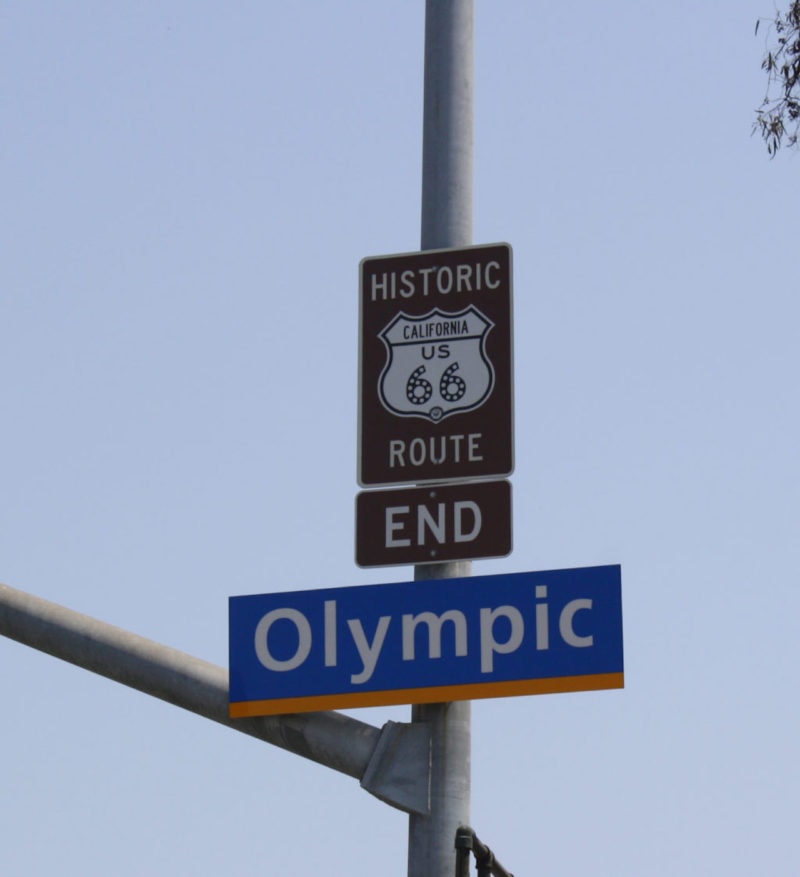
In fact, in 2003, he wrote a book on the subject: Finding the End of the Mother Road: Route 66 in Los Angeles County. The self-published guide ties original alignment maps of Route 66 together with an index of Los Angeles businesses, attractions, and landmarks—such as the Southwest Museum, the Chicken Boy & Future Studio Gallery, and the Heritage Square Museum—to help locals and visitors alike find their way around the maze that is L.A. County’s Route 66.
“I try to promote the facts of the road—especially in Los Angeles—as opposed to the myths,” says Piotrowski. “Where did the road originally end? When was it extended? What are the landmarks on that road? And how does the road of today tie into the road of yesterday? I think [answering those questions] is the key to how we step forward and maintain interest in the highway amongst people who never drove the highway.”
Bringing in new travelers
One of the biggest challenges facing Route 66 today is generational turnover. Travelers who grew up with Route 66 as a federally recognized highway—that is, prior to 1985, when it was decommissioned—are aging. So individuals like Piotrowski and organizations like the California Historic Route 66 Association are intentionally working to attract younger travelers.
“I’m among the first generation of Route 66 preservationists that never was able to drive the road when it was an official, certified highway,” says Piotrowski. “I didn’t get my license until two years after the road was decertified.”
More and more, people are coming across Route 66 and its history through social media, Piotrowski says. So he believes guardianship extends beyond in-person interactions on the road; it must also connect digitally to potential travelers who might not encounter Route 66 otherwise.
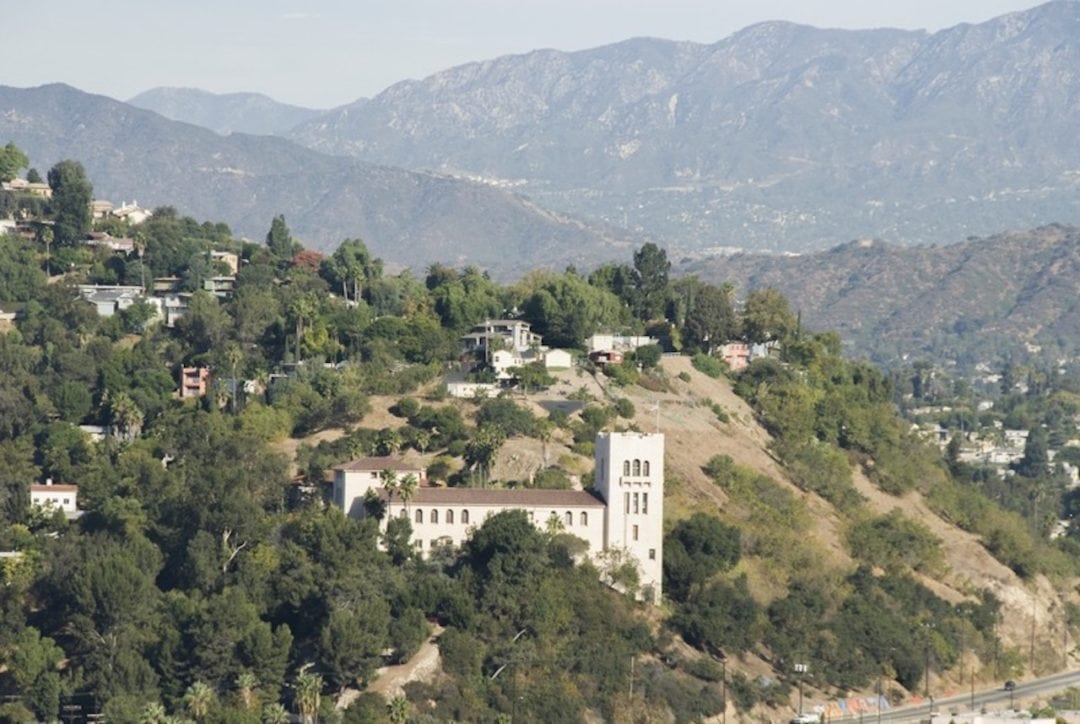
In April, Piotrowski released a 20-minute documentary he filmed in 1998, called 158 Miles to Yesterday, which he shared on YouTube and in Route 66 networks. The documentary features conversations and stories from Route 66 icons and travelers alike. Piotrowski finally shared the documentary because he wanted people to see what the Mother Road used to be like, to encourage them to experience it as it is now.
“For the most part, the people traveling the road today never did drive it back then. So it’s not a remembrance for them; it’s an experience, a new experience,” he said. “That’s what my aim is, in many ways, to provide an experience and create that connection to history as well as to the community.”
Take time to explore California
When Route 66 travelers think of icons of the Mother Road, they often think of sites further east on the highway. But Piotrowski doesn’t want travellers to count California—and particularly Los Angeles—out.
“It’s easy to connect Moriarty, New Mexico to Route 66. It’s easy to connect Pontiac, Illinois to Route 66. But in Los Angeles, how do you make that connection?” asks Piotrowski. “With that generational shift that’s happening, it’s really imperative that we don’t simply look at reminiscing, but we look at how we can make this into an experience today.”
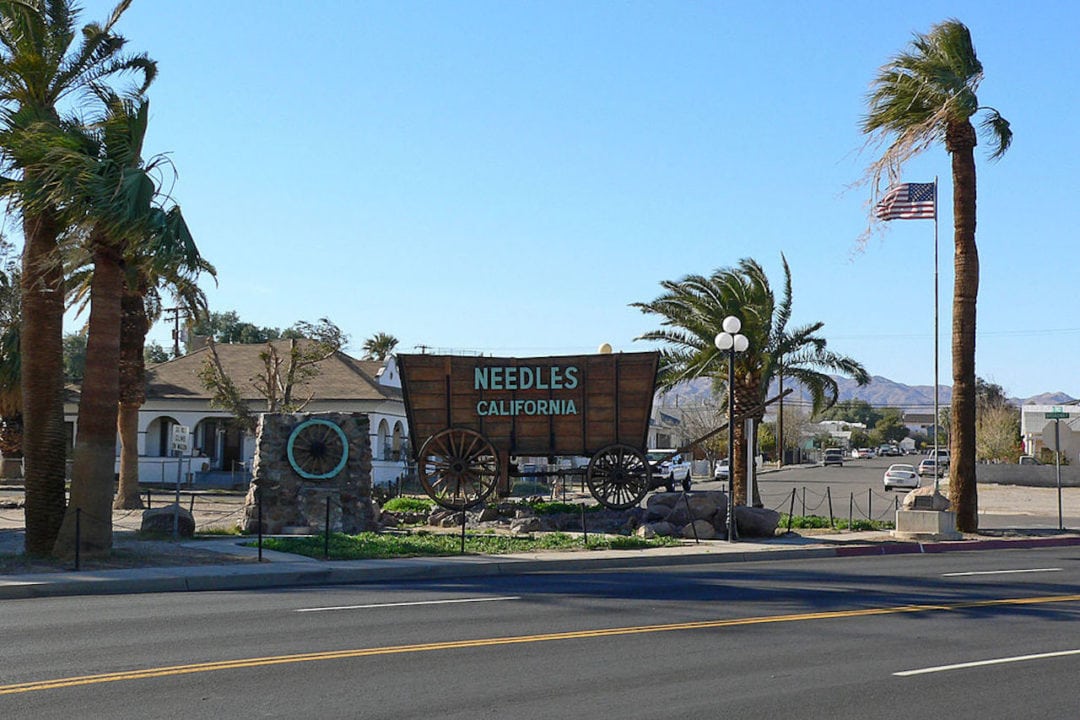
Piotrowski encourages everyone to find a guide to help them in their journeys. That guide could be hired, or they could be unofficial; it could be the woman working behind the counter at the local burger place, or it could be Piotrowski himself. The guardians of this historic highway are scattered throughout the Mother Road, and, like Piotrowski, they want everyone to find the corner of the highway that’s right for them.
“My main piece of advice is to take the time to find out where the road went. Take the time to explore it. Be surprised at what you’ll find,” he said. “And if you’re really that scared about it, find somebody who can help you decide what parts you really, really can’t miss because there’s a lot for everybody on the road.”
